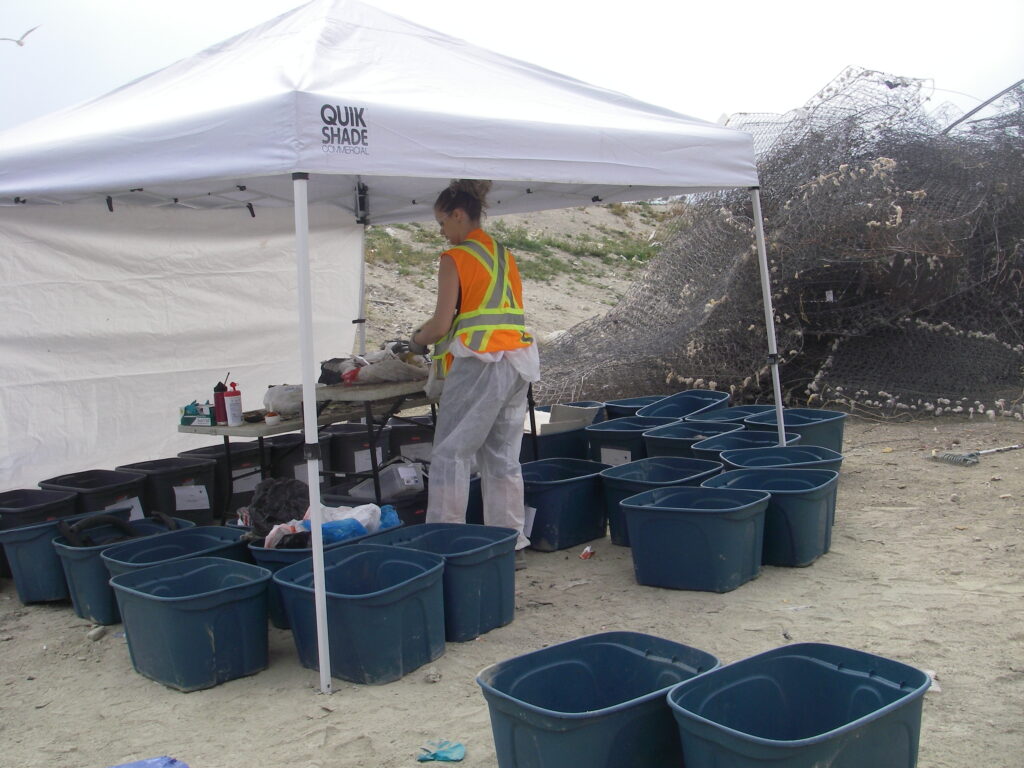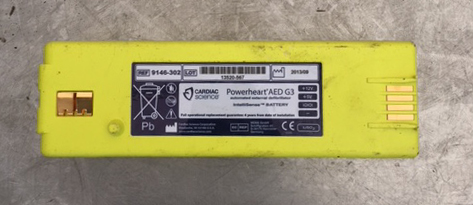Circular Economy
Throughout Canada, there is an efficient coast-to-coast recycling network that supports the responsible management of lead batteries. End-of-life batteries are collected and transported for processing and the re-manufacturing of new lead batteries. Not only does this recycling network sustain an efficient circular economy but it also keeps lead batteries out of landfills, which is reflected in the results of landfill studies.
Landfill Studies
The landfill study process involves taking samples from landfills, sorting debris and categorizing the source of waste (single family residents, industrial, commercial & institutional sources and grocery stores) and variety of waste. The Canadian Battery Association participates in regular landfill studies to gather information and support the ongoing efforts of tracking and calculating the volume of lead batteries going into landfills. The results of the studies help determine the effectiveness of lead battery recovery programs and their ability to divert lead batteries from landfills.


Over the past 8 years, the Canadian Battery Association has participated in 12 studies with local governments and third-party experts (Tetra Tech – Science and research) to analyze just under 650 samples of landfill waste. The most recent landfill study was conducted in April 2022 in collaboration with the City of Vernon, B.C. and the study involved analyzing 27 landfill samples. The results of this recent study were a wonderful reflection of the lead battery recovery program’s success with zero lead batteries being found in landfills.
It’s also inspiring to consider the compilation of results from the past 12 landfill studies. Results indicate that over the past 8 years only 3 lead batteries were disposed of by industry while all lead batteries disposed of by residents, were diverted from landfills. The high landfill diversion rate serves to validate the high collection rates (greater than 99% of lead batteries) that are reported in the Canadian Battery Association’s annual reports.
In fact, the only lead battery found in residential samples from the past 12 studies was a 0.75 kg defibrillator battery (see photo).

With a collection rate that is just shy of 100%, the Canadian Battery Association celebrates the success of the environmental stewardship programs with a renewed commitment to continue working with local governments and identify potential improvements to lead battery collection programs.
Membership Details
Members are the driving force behind the CBA and the overarching goal to inform, advocate and support the responsible management of lead batteries in Canada.
Involvement in the CBA is important to our industry because the greater the membership, the stronger our voice, programs and influence with regulatory agencies.
For more information about the CBA and it’s programs, please download our Membership Benefits Booklet.


